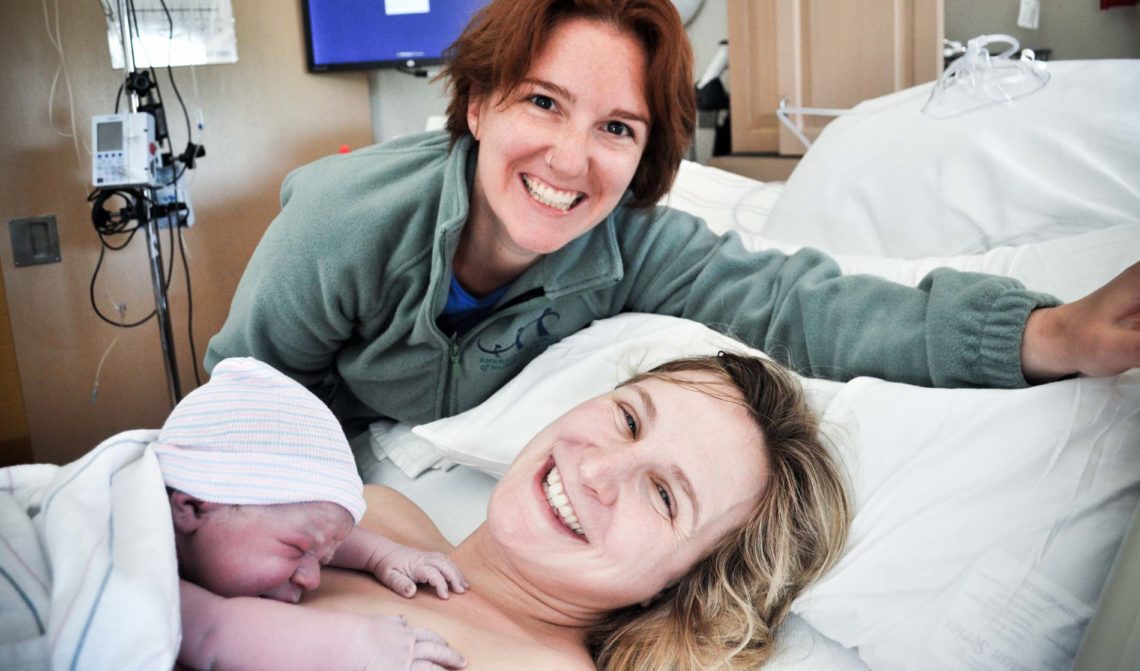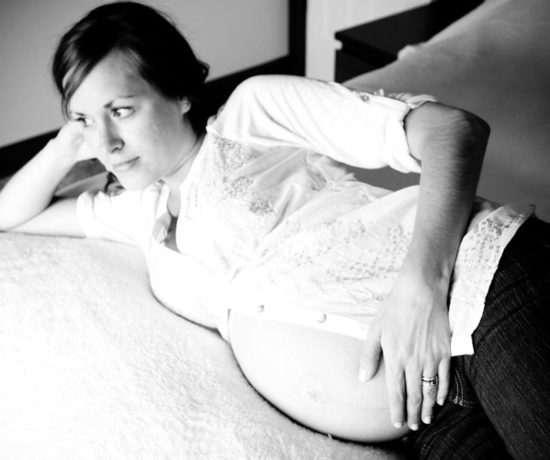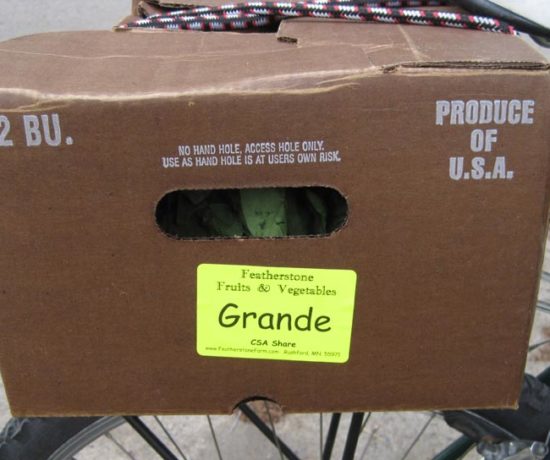I start midwifery school this fall at Georgetown University, a dream that goes back to when I was a little girl. I used to play “birth” with my sisters by stuffing a soccer ball in their shirts and making them push out a Cabbage Patch baby doll. Writing my application essay was digging deep: what-do-you-really-want-to-do-with-your-life-and-why deep. After what seemed like a very directed journaling exercise, I have never felt more sound about this path, this calling, this wacky set of lifestyle choices I’m going to continue living. Because in the process of trying to convince Georgetown that they should want me, that I would make a good student for their fancy program, I realized why I’m going to be a good midwife. It isn’t just because I like watching babies be born — that’s the easy part. It’s because I’m trying to straddle the middle ground, finding the sweet spot of balance in a field that is exercising increased polarity of care management options by the minute.
Childbirth is a hot topic these days. Or kind of a “hot mess” topic, take your pick. The number of programs, philosophies, classes, clubs, and blog subscriptions a pregnant woman can belong to could be a full time job if she chose to delve into all avenues. We’ve forgotten how to keep it simple, so we’ve made it *really* complicated by offering 178 different branded outlooks on how to keep pregnancy & birth simple. Paradoxical? Yes.
To my core I believe in birth as a natural process. I know how to be with women in labor, and I attribute this to a combination of my own experiences as a doula, alongside all that I’ve gleaned from watching other doulas, midwives, nurses, doctors, aunts, grandmas, and birth partners at the bedside. Toss some yoga in there too, for good measure.
My philosophical base before I started working as a nurse was trust & awe of the body, mixed with a great distrust of the medical system of care. Now, with some Labor & Delivery RN experience to my name, the trust & awe part is still there, but is now blended with a greater understanding of how and why care providers make certain choices and recommendations.
In my Georgetown essay, I sort of uncovered my metamorphosis a bit, in a way that I’m almost embarrassed to admit but I think is important to share. Before working at Hennepin, I saw almost exclusively “normal” births of upper-middle class women with enough resources to hire private birth support. Those initial scenes included non-medicated labors, waterbirths, precipitous multiparous deliveries, and uncomplicated home births. Fewer than 10% ended in the operating room as cesareans, only a few included a mother or father of color, and only one a single mother. So my “birth” into birth world was as a natural-food-eating practitioner of yoga who wanted to help women achieve vaginal births without an epidural.
Since then, I have witnessed a new array of scenes: shoulder dystocia, postpartum hemorrhage, uterine rupture, pre-eclamptic seizures, and placenta accreta … and that is just the clinical lineup! The socioeconomic variance from where I started now includes maternal substance abuse, mental retardation, homelessness, incarceration, and prostitution, often nested into a state of extreme poverty. My job experience routinely reminds me that not every baby is planned or wanted, and not every baby has parents who are spiritually and financially ready to parent.
I still fiercely protect the concept of normal, physiologic birth and honor a woman’s right to participate in her care. If a waterbirth patient rolls up to triage, I will jump at the chance of being the nurse in that room. If a woman’s water bag broke 37 hours ago and she is refusing medication against medical advice, go ahead and assign me to her. If a family wants to use a certain type of scent, music, or mood in the birth room, I dig it — hand me the lavender oil and the iPod mix. And with everything in myself, I still intend on having completely un-medicated births for my own babies.
Recently I was privileged to be the nurse for one of the simplest, sweetest, most uncomplicated births I’ve ever seen, and a major bonus for me: with one of my greatest midwife mentors. It profoundly reminded me that normal birth can happen in the hospital, and that you aren’t automatically stuck with needles and drugs and impatience just by virtue of walking through the institutional doors.
The unplanned part of the journey is that I like high-risk birth too. I feel as comfortable standing in the operating room as I do sitting next to the waterbirth tub, and believe-you-me, I did not see that coming. But here’s the part that’s cool: the statement is reversible. I can still do normal. I still believe in normal. I still want normal. I just know how to change costumes if the scene takes an unexpected turn. I feel like I’m participating in a new generation of nurses who read and cherish Ina May’s Guide to Childbirth, and know how to keep a sterile field sterile at the same time. Sara B and Caroline, thank you for showing me the way to duality. And Missy, thank you for taking new nurses under your wing (even the super hippie ones) and being such a kind and thorough high risk teacher. The gratitude list is endless; I feel quite blessed to be amongst such a large network of incredible mentors.
One of my closest and oldest friends, who has been a joyful role model of parenting to watch over the last five years, has chosen home births with all of her children. I once sheepishly asked her, in so many words, if she thought I was “selling out” for working in the hospital and planning a career within the medical system.
Without hesitation, she said, “nah, I think the people there probably need you even more.” I had a similar conversation with Ina May Gaskin whilst driving her around Minneapolis during a conference that the U of M hosted. I figured, no better time than the present to ask your guru for a little endorsement of your life’s plan, right? She said, “Emily, we need more midwives in the United States. I don’t really think it matters where they work.”
Those two smart ladies might be onto something. There are lots of great homebirth midwives already practicing, already offering home birth as an option. I’m trying to bring some normal into the hospital. It doesn’t need to be a counterculture clash — when you’ve got people who are clinically sound but spiritually protective of birth as a transformational experience, you’re finding midwifery in the hospital just as righteously as you are at the farm.




